Our world-leading research
Cambridge’s global reputation is recognised by the results of the Research Excellence Framework (REF), a major UK exercise to assess the quality of research at our universities.

93% of Cambridge’s overall submissions rated as world-leading or internationally-excellent
Times Higher Education rankings show Cambridge is the leading university that covers the broad range of disciplines from STEM to the arts, humanities and social sciences
Our submissions within STEM subjects were all rated over 90% world-leading or internationally-excellent
This was our most inclusive REF to date: we returned 2,982 academic and research staff, including a significant number of early career researchers and, for the first time, researchers within our museums and libraries
A revolutionary new drug that has transformed the lives of cancer patients. Iris recognition technology that has enabled refugees to receive aid more quickly. The book that has helped millions of children and adults reconnect with nature.
Cambridge research is helping change the world.
Today, the University of Cambridge’s position as a world-leading institution has been recognised with the publication of the results from the latest Research Excellence Framework (REF). 93% of Cambridge’s submissions have been rated as ‘world-leading’ or ‘internationally-excellent’.
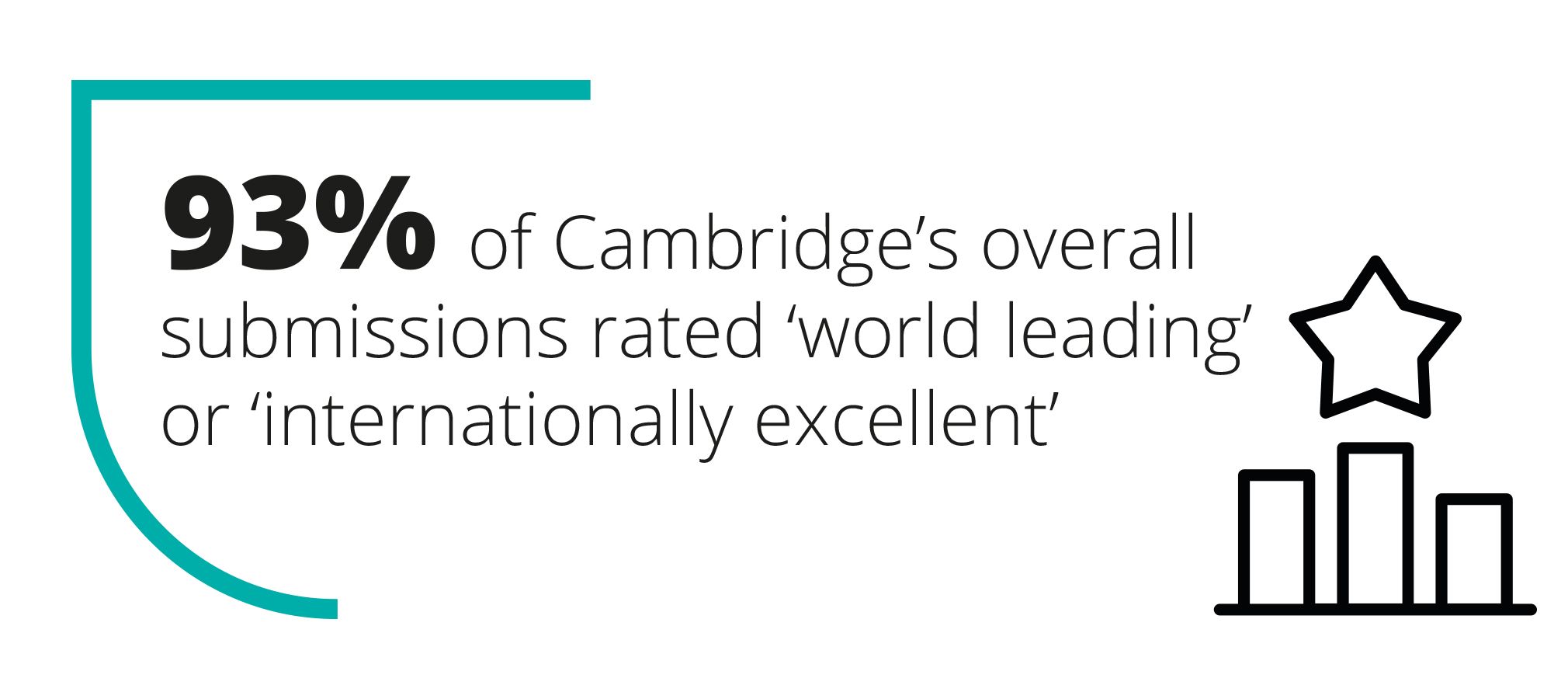
The influential Times Higher Education rankings place Cambridge joint third, making us the leading university that covers the broad range of disciplines from STEM to the arts, humanities and social sciences.
REF 2021: Quality ratings hit new high in expanded assessment – four in five outputs judged to be either ‘world-leading’ or ‘internationally excellent’ #REF2021 https://t.co/qKEjjTxCCq pic.twitter.com/DfsoNbVxqV
— Times Higher Education (@timeshighered) May 11, 2022
A third of Cambridge submissions were ranked in the top three institutions in their subject areas (units of assessment), with Clinical Medicine, Earth Sciences, Architecture and Land Economy, and Business leading the field.
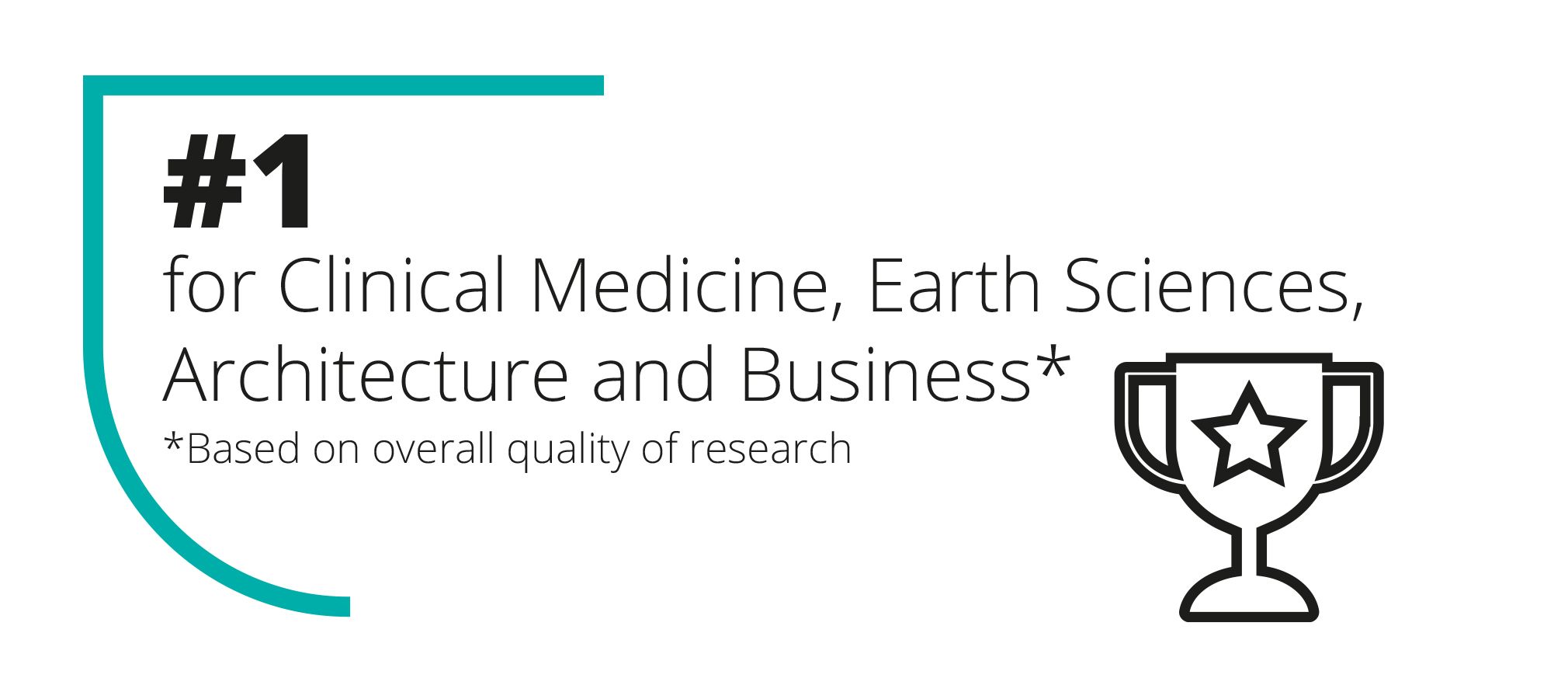
Professor Stephen J Toope, Vice-Chancellor of the University of Cambridge, said: “These results highlight the strength of our research environment and outputs, and the significant impact that our research has across the world.
"The results demonstrate Cambridge’s global leadership across a wide range of disciplines and are testament to the imagination, visionary thinking and hard work of Cambridge researchers, who, with their many partners around the world, are making a real difference to people’s lives.”
The REF is the system for assessing the quality of research in UK higher education institutions and is undertaken by the four UK higher education funding bodies: Research England, the Scottish Funding Council, the Higher Education Funding Council for Wales, and the Department for the Economy, Northern Ireland.
Among the data submitted by universities and other institutions are case studies that describe the impact of their research – that is, where they have made a difference to society, health, the economy, for example.
Cambridge returned some 2,982 academic and research staff to the REF, an increase of 817 compared to the previous exercise in 2014. This includes a significant number of early career researchers and, for the first time, researchers within a range of institutes including our museums and libraries.
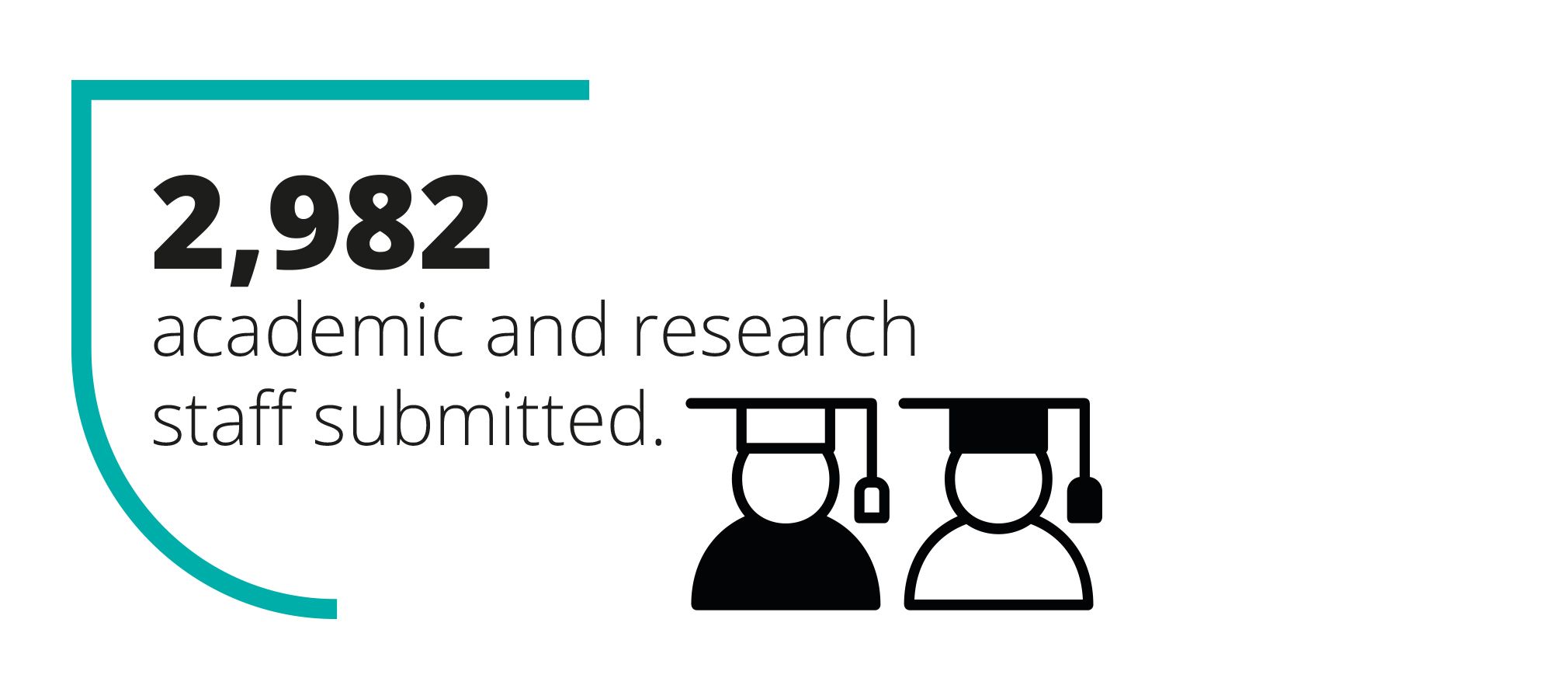
62% of Cambridge’s overall submissions were awarded the highest rating of 4* overall, meaning they are ‘world-leading’. Our submissions within STEM subjects were all rated over 90% 4* or 3* quality.
For the purpose of Cambridge’s submission, each eligible researcher across all academic disciplines was assigned to one of 30 units of assessment (subject areas). Each unit was judged by three criteria – outputs (such as publications, performances and exhibitions), their impact, and the environment that supports research.
Professor Anne Ferguson-Smith, Pro-Vice-Chancellor for Research, said: “I would like to congratulate and thank everyone who has taken part in this year’s REF for all their hard work, which has led to this outstanding result. This is our most inclusive submission yet, and we have seen strong performances across the board, from Clinical Medicine and Earth Sciences through to Architecture, Sociology and Music.
"What we see today is not just the excellence of Cambridge research, but also the reach and significance of its impact, with researchers across many disciplines bringing a fresh perspective on how we tackle major problems facing our world today.”
The results of the REF will be used by the four UK higher education funding bodies to allocate block-grant research funding to universities. The announcement of the amount of funding each institution will receive will be made later this year.
Cambridge's global impact
Cambridge research has impact in all seven continents, covering more than 100 countries, from the Arctic to Zambia. Our researchers partner with organisations in these countries to ensure that our collaborations address local needs and benefit those communities most in need.
Explore our global impact
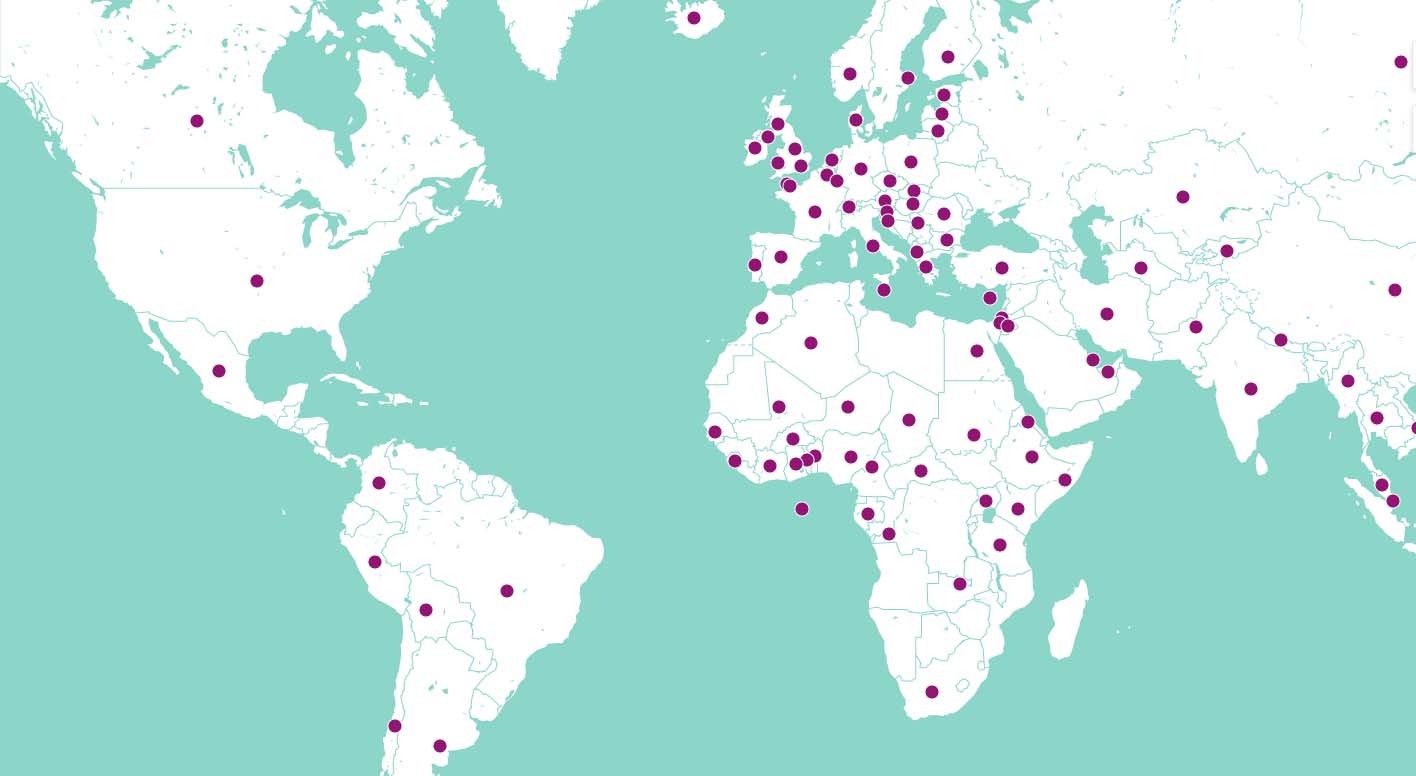
Beyond GDP
Cambridge researchers are leading a global movement to determine how an economy can prosper sustainably without sacrificing the natural environment or the future health and wellbeing of its people.
Their Inclusive Wealth Framework, developed by Sir Partha Dasgupta, provides the foundation for the calculation of sustainable development indicators seen in the United Nations’ Inclusive Wealth reports of 2012, 2014 and 2018.
It also underpins India’s Green National Accounts (2018 onwards) that seek to reshape government decision-making for a ‘better environment, better tomorrow’.
Read more

Transforming lives with iris recognition technology
Technology designed by John Daugman that recognises people’s unique iris patterns is the basis of all publicly deployed iris recognition systems across the world.
Around 1.5 billion people have been enrolled onto iris pattern databases, improving access to previously inaccessible benefits and services through biometric national identity programmes.
It has made aid and food distribution to refugees fairer, faster and more efficient, and increased the accuracy and security of systems at hospitals, airports and schools.
Read more

Influencing education in international development settings
Evidence from the Research for Equitable Access and Learning (REAL) Centre has transformed how international bodies, national governments and aid organisations respond to the ‘global education crisis’.
Researchers showed that there was an urgent need to target the most disadvantaged children first and at the earliest stage possible.
This work informed a £500m UK funding commitment to support 1.9 million marginalised girls. It influenced a new UN Sustainable Development Goal indicator on early primary attainment, as well as UNICEF’s decision to spend 10% of its education budget on early childhood education.
Read more
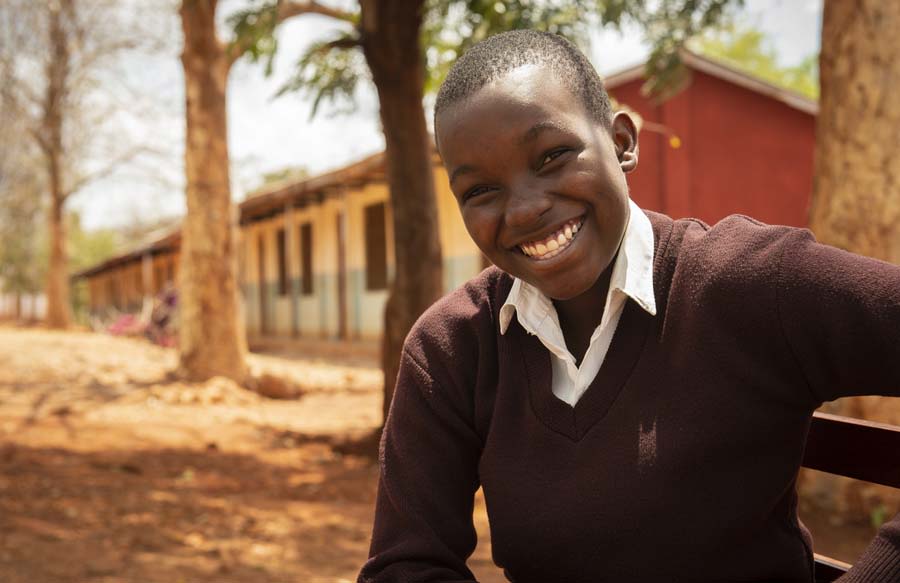
Protecting global food production and woodland environments
Models developed by the Epidemiology and Modelling Group have been used to inform government policy and surveillance and control methods for major diseases of crop plants and natural vegetation.
The models have been used to forecast wheat rust disease in Ethiopia, inform strategy for the control of banana bunchy top virus for the Australian banana industry (worth Aus $605 million), and inform surveillance and management of tree diseases including ash dieback in the UK, and citrus greening in the USA.
Read more
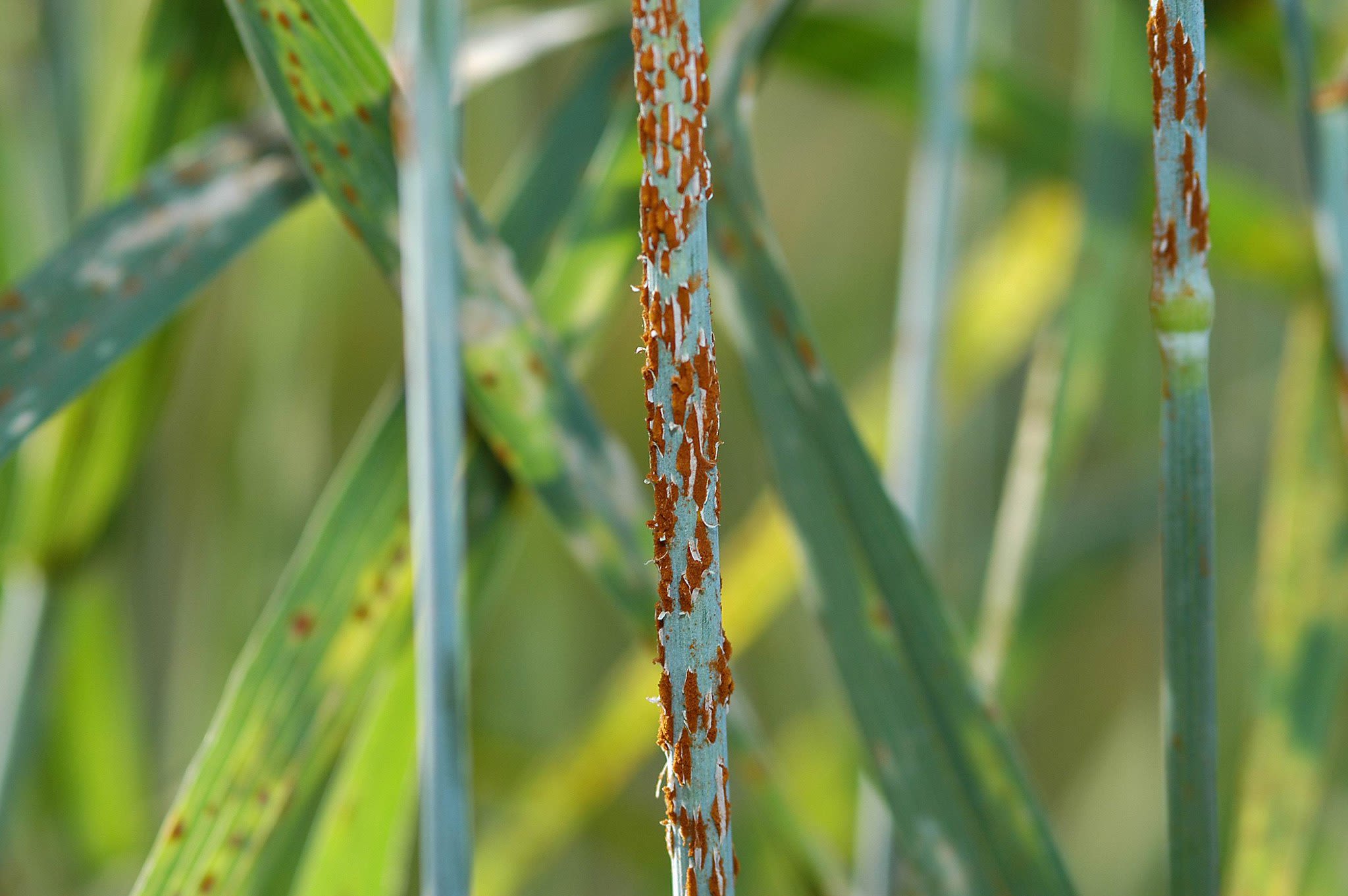
Revolutionising cancer therapy via the DNA-damage response
Steve Jackson's research into DNA repair inhibitors led to Olaparib, the world’s first marketed DNA-repair enzyme inhibitor.
Olaparib, which has been approved for ovarian, breast, pancreatic and prostate cancer treatment, has been used to treat over 40,000 patients in 73 countries. It was valued at $17 billion in 2018 and in 2020 achieved an annual revenue of $1,776 million.
Read more
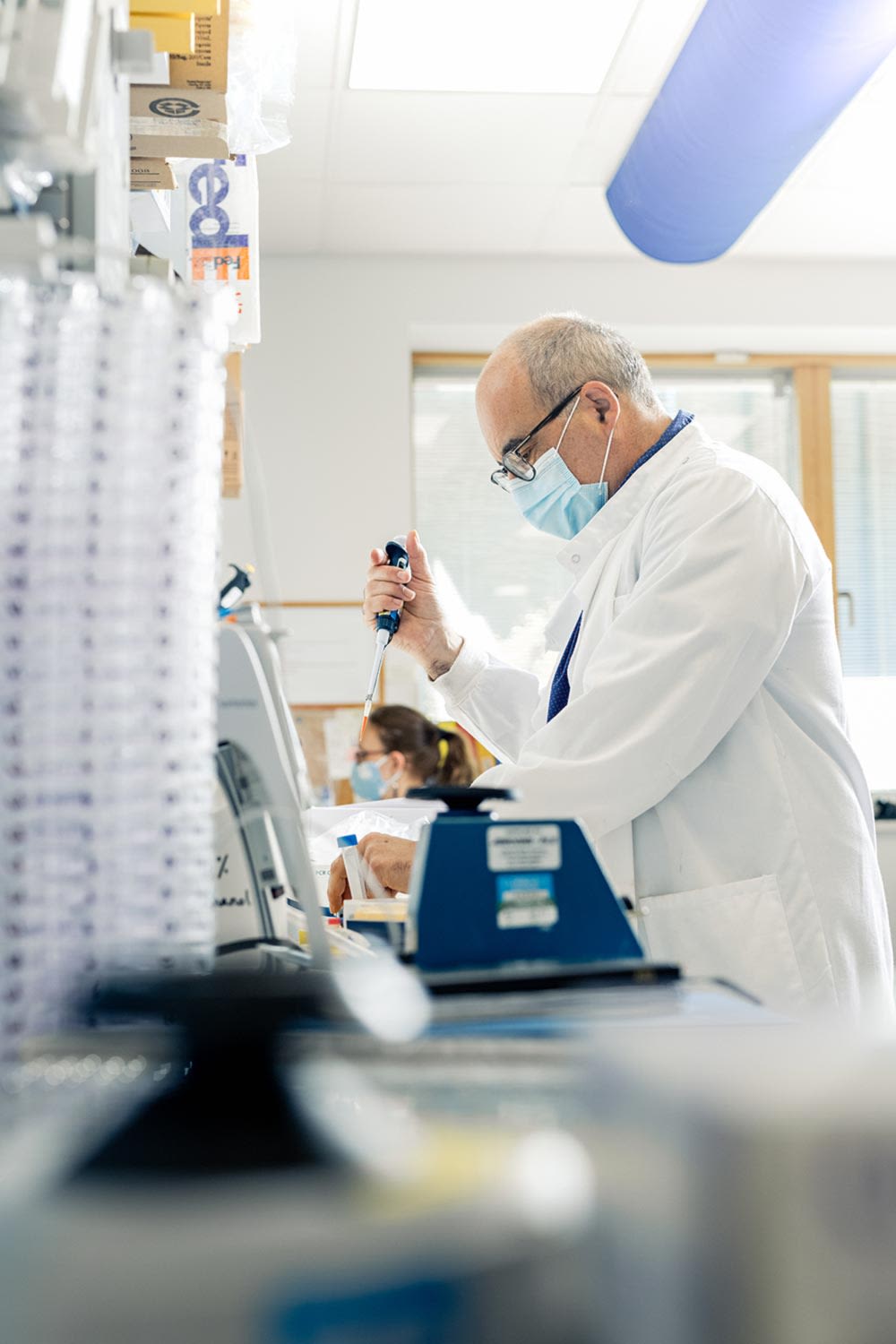
Increasing resilience to earthquake risk
By 2050, two billion people in developing nations will be exposed to serious earthquake risk. Research by James Jackson, Alex Copley and Keith Priestley has led to increased understanding of the hazard that earthquakes pose in continental regions away from tectonic plate boundaries.
Working with local collaborators across the Mediterranean-Himalayan-Asian earthquake belt, they established the international partnership Earthquakes without Frontiers to increase the resilience of developing countries to earthquake risk.
Read more
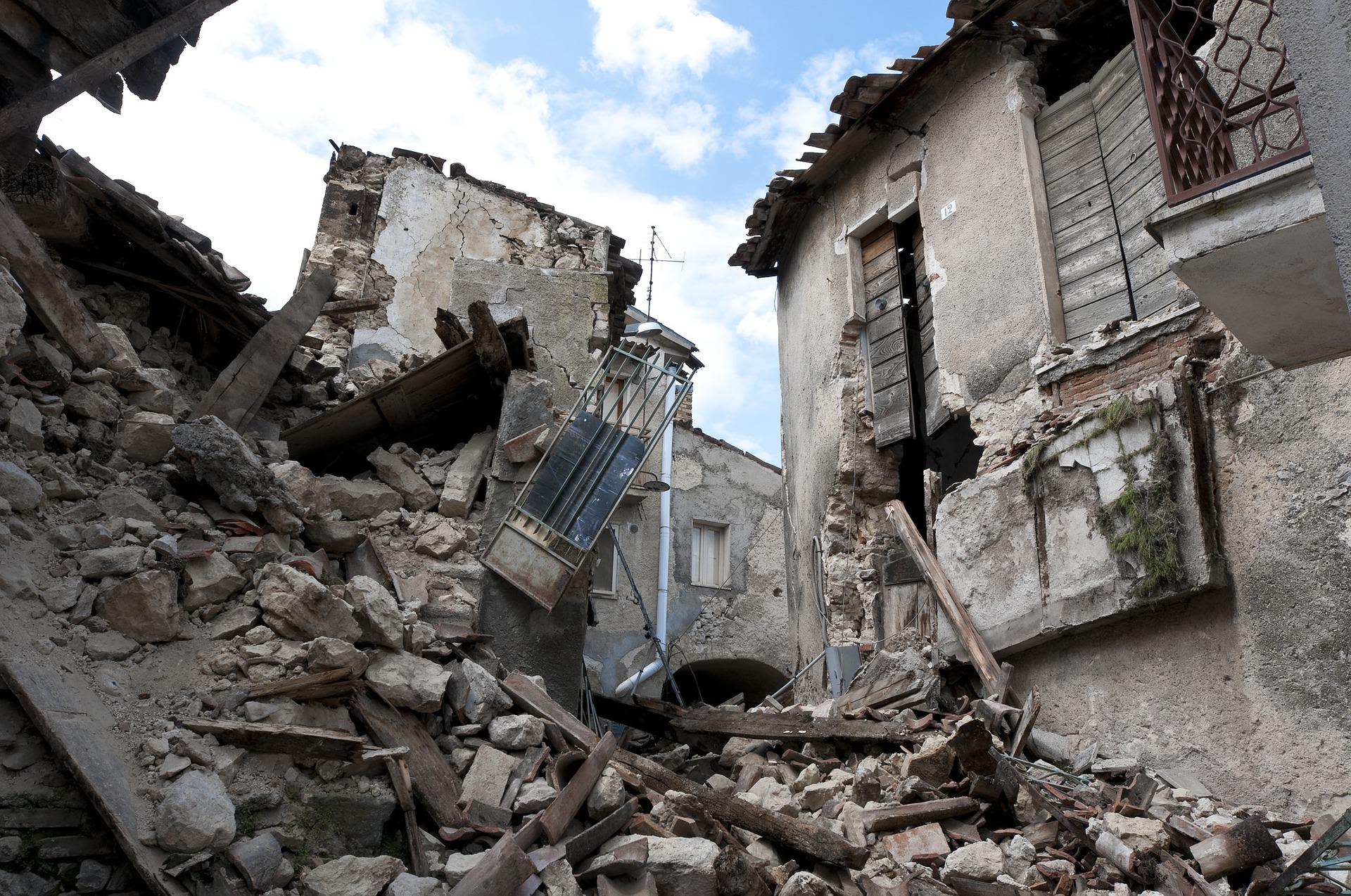
Lost Words: reconnecting with nature
Robert Macfarlane’s research on rediscovering the connection between language and nature has influenced the ways in which children and adults connect to the natural world through language.
His book The Lost Words led to mass participation of primary and secondary schools in learning ‘nature literacy’. Fundraising campaigns resulted in the book being donated to all schools in Scotland and Greater London, 21 English and three Welsh counties, and 220 hospices in Britain.
Cultural and creative impact includes: an adaption as a BBC Prom concert at the Albert Hall; a live broadcast on Radio 3; and 'Spell Songs', a folk-music touring concert and book involving eight artists.
Read more
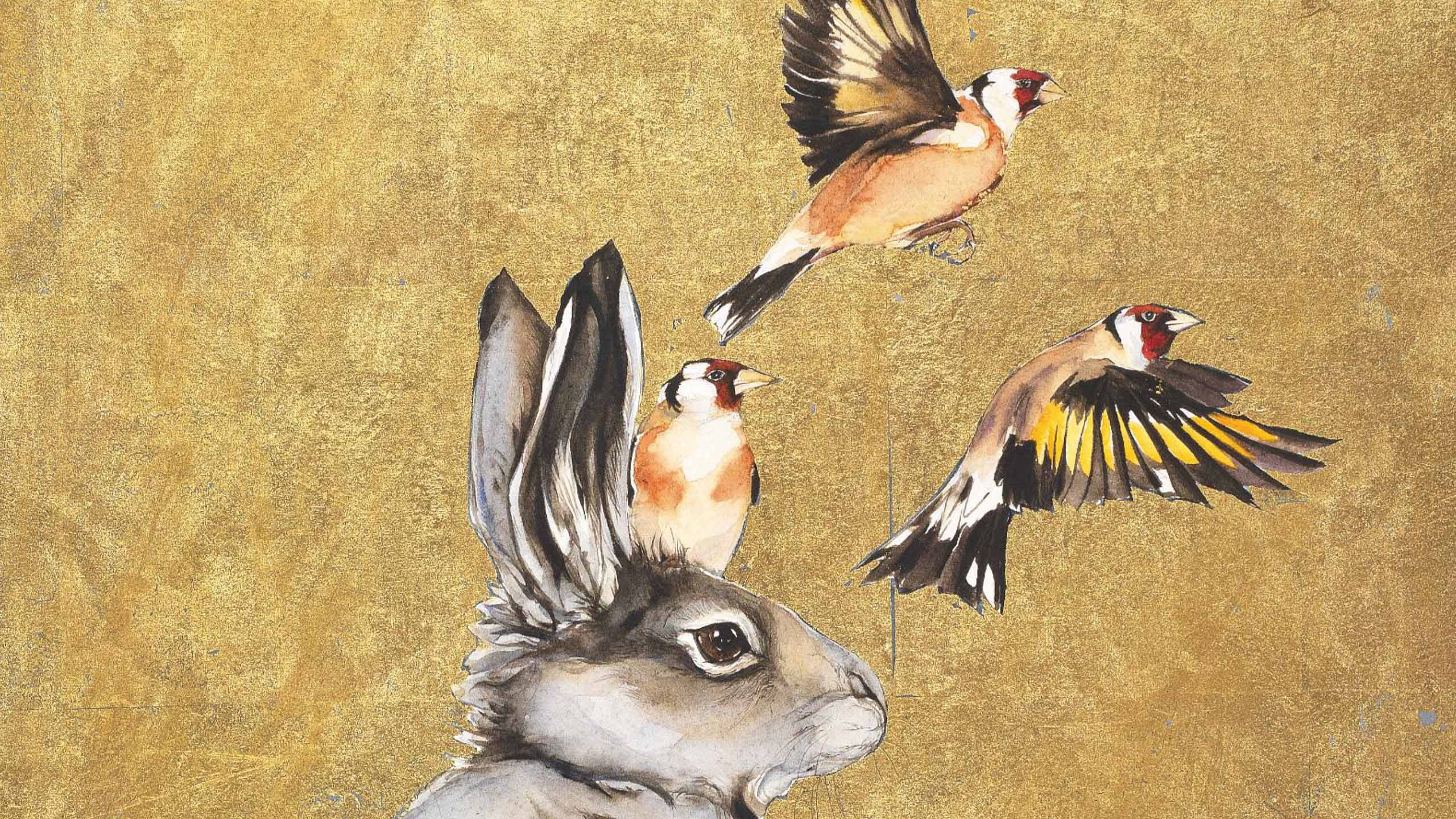
Safeguarding the wonder drugs
Antimicrobial resistance is one of the biggest challenges of the modern era.
Research at the Department of Veterinary Medicine identified a previously unknown antibiotic-resistant bacteria, MRSA mecC, in livestock. Their evidence on the prevalence of livestock-associated MRSA informed policymakers in the UK and Europe, contributing to new legislation to restrict the prophylactic use of antibiotics.
Antibiotics sold for use in food-producing animal species reduced by 52% between 2014 and 2020 and use of the antibiotic to which MRSA mecC is most resistant in dairy cows reduced by 90% between 2012 and 2019.
Read more
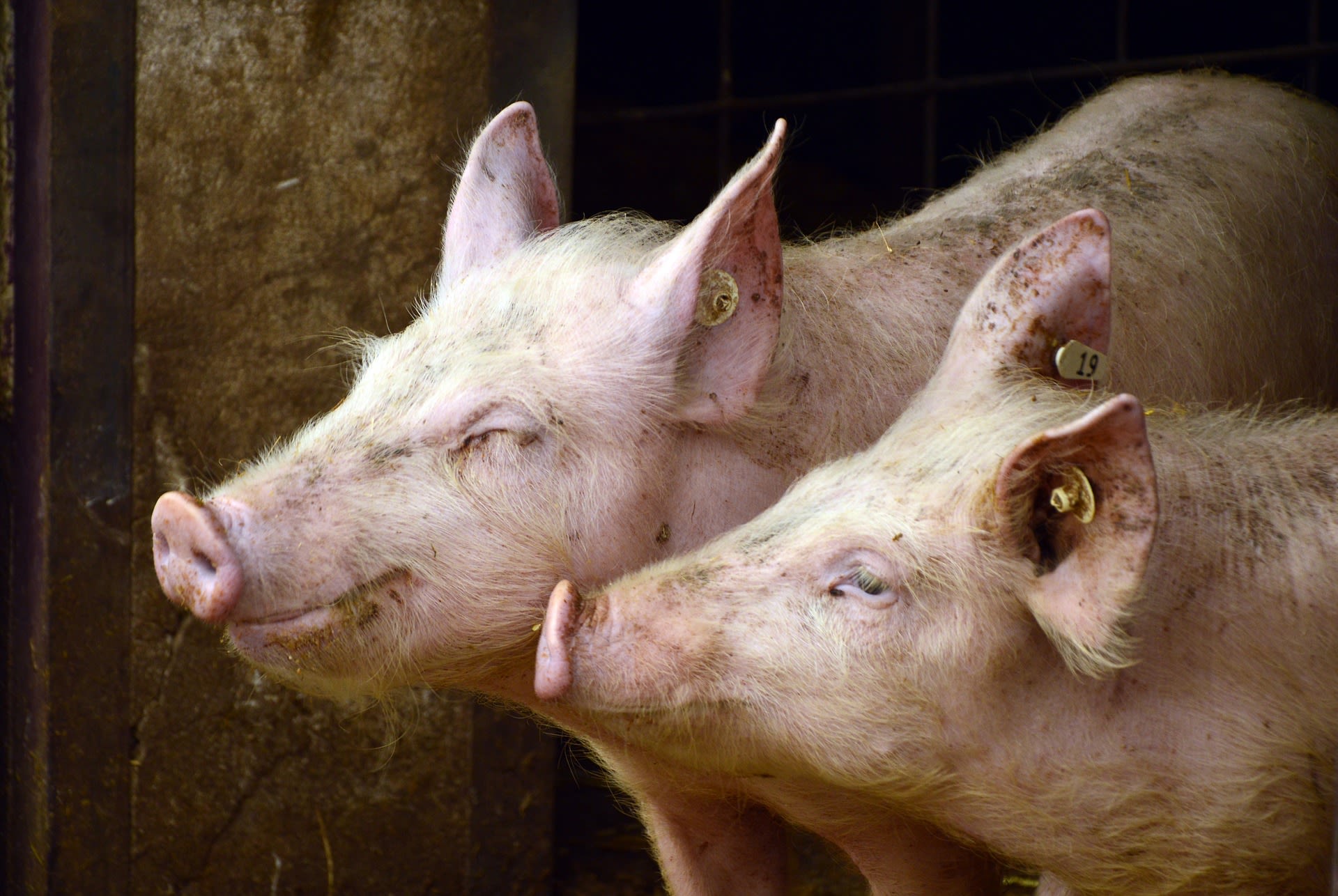
Sustainable energy – without the hot air
Sustainable energy – without the hot air by David MacKay (1967–2016) has sold over 75,000 hardcopies, been downloaded over 557,000 times, and translated into 22 languages. In this book, MacKay used his background in information theory to move beyond the limitations of the sustainable energy debate.
MacKay’s research provided the blueprint for the 2050 Calculator tool, used by the UK government to formulate energy policy.
A global version of the calculator was launched in 2015. It has been used to determine realistic climate-change mitigation targets for the Paris Climate Agreement (2016).
Read more

SwiftKey: Text prediction technology
Research led by Ted Briscoe and colleagues, was critical to the development of SwiftKey, a keyboard app designed to pick up the patterns in people’s language use and predict what they were most likely to write next.
SwiftKey was released for Android in July 2010, followed by an iOS release in September 2014. By 2016, it was installed on more than 300 million devices. It was estimated to have saved users nearly 10 trillion keystrokes, amounting to more than 100,000 years in combined typing time.
SwiftKey was acquired by Microsoft in 2016 for $250 million.
Read more

Finding Liszt: bringing a forgotten opera to life
Liszt began work on an Italian opera in 1845 but abandoned the project after completing the first act. Liszt scholars concluded that it could never be performed because the material was incomplete and largely indecipherable.
David Trippett spent three years deciphering the forgotten 115-page manuscript, decoding Liszt’s notes and supplying a 19-bar finale. The result was the complete first act of Sardanapalo, Liszt’s only mature opera.
Liszt: Sardanapalo became the #1 best-selling classical CD in the UK. Its world premiere performance in Weimar, Germany, boosted tourism and a sense of cultural heritage in the city where Liszt had lived for 12 years.
Read more
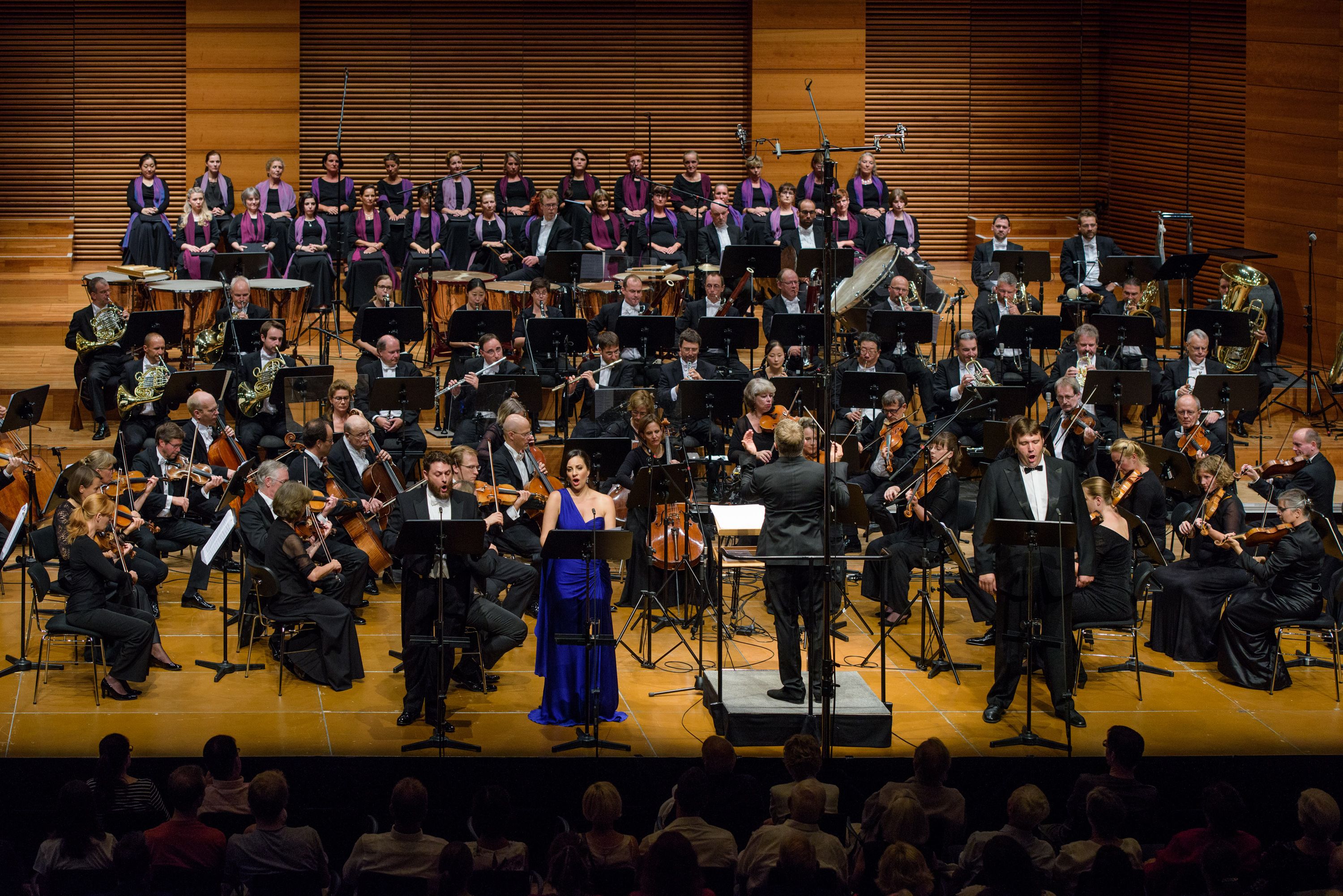

With thanks to the University of Cambridge's REF team for their contributions to the case studies.
The text in this work is licensed under aCreative Commons Attribution 4.0 International License
Infographics
Alison Fair and Suvi Roberts
Main image
DNA double helix (Credit: DamnwellMedia)
Case study images
- Secondary student Hanipha is supported at school by Learner Guide Sophia. Morogoro, Tanzania. (Credit: CAMFED/Eliza Powell)
- Wheat stem rust (Credit: Oregon State University)
- Artwork from The Lost Words by Robert Macfarlane and Jackie Morris (Published by Hamish Hamilton)
- Pigs (Credit: Peggychoucair)
- Aftermath of an earthquake (Credit: Angelo_Giordano)
- Butterfly (Credit:iemlee)
- Wind turbines (Credit:Shalous_Photography)
- Man using mobile phone (Credit: Jonas Leupe)
